MLB a magnet for cheating scandals, but players face more deterrents than ever
Playing Major League Baseball these days means receiving consistent reminders of what you cannot do.
A pregame clubhouse routine might be disrupted by a handful of strangers clad in khakis and black polos bearing the logo of Comprehensive Drug Testing, seeking a urine sample that will be tested for performance-enhancing drugs.
Jogging in from the bullpen isn’t just a time to focus on your task or vibe to your entrance music; that moment will be disrupted by an umpire stopping you in your tracks, performing a hand and glove inspection for banned foreign substances.
And if you happen to wander the nether reaches of the field level during a game, you’re likely to encounter a security official or a compliance monitor, making sure you’re not palling around in the replay room to steal signs.
Ballplayers did not invent cheating in sports — certainly, ancient Greece had to have a Rosie Ruiz or two — but they might have perfected it.
HOT STOVE UPDATES: MLB free agency: Ranking and tracking the top players available.
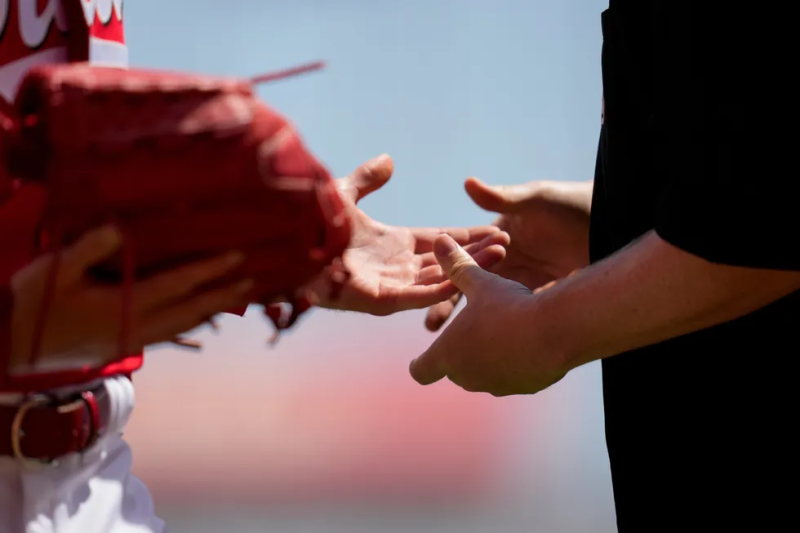
Yet after more than a century of sign-stealing, spitballing and chemical enhancement, they are finding — sometimes welcoming — greater light shone into their game of shadows, making subterfuge harder than it’s ever been.
“I would argue the game is clean as ever,” says relief pitcher Brent Suter, an eight-year veteran and a member of the MLB Players’ Association’s executive subcommittee.
“Which is a good thing.”
In another era, Suter’s declaration might sound like so much player pablum, meant to divert prying eyes from nefarious acts.
After all, it took half a century for details of the 1951 New York Giants’ relatively elaborate sign-stealing system at the Polo Grounds that culminated in Bobby Thomson’s Shot Heard ‘Round The World to fully emerge.
Gaylord Perry was practically celebrated for his blatant cheating, leveraging his ball-doctoring into a personal brand long after his 22-year Hall of Fame career concluded.
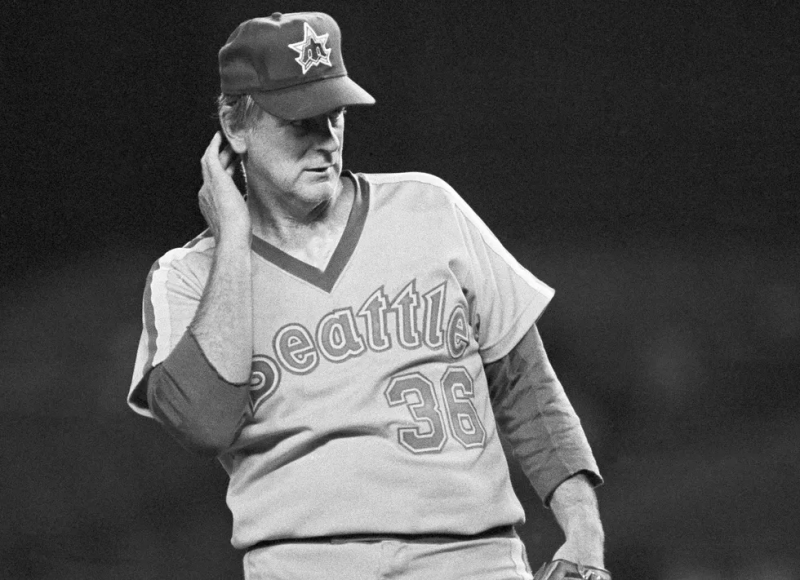
For more than a decade, a collective nothing-to-see-here attitude helped fuel the height of the so-called steroid era, with players citing better diets or hard work to explain their wildly improved production.
And the biggest cheating scandal of this century – the Houston Astros’ electronic sign-stealing scheme – went two years before coming to light, capping a period where roughly a half-dozen perennial playoff clubs contended the other guys were cheating.
Now, those aforementioned and alleged acts have been met with significant deterrents.
“They do a lot to uphold the integrity of the game and make sure guys aren’t cheating,” Baltimore Orioles All-Star outfielder Austin Hays says of MLB’s myriad enforcement arms. “They put a lot of time and effort and employees into doing that. There’s really not anybody trying anymore.
“It’s why you don’t see guys getting suspended or popped for stuff. There’s such an emphasis on it and already so many people around, enforcing it. ...
“You know it’s there. And there’s no way you can ever get away with it. So, people don’t even try.”
OK, so maybe we won’t go that far.
Yet it’s hard to deny that the modern player is enjoying the ostensibly less paranoid state of play their predecessors occupied.
X-raying bats, hiding cameras, banging on trash can lids
In Whitey Herzog’s 18-year managerial career, there were no league officials combing the catacombs of stadiums. So, he took it upon himself to form a one-person enforcement arm.
“I used to get the bats X-rayed from visiting teams when they came in to see who was corking their bats,” says Herzog, who won three pennants and one World Series title from 1973 to 1990.
“You’d be surprised what I found.’’
He had his reasons for cynicism.
Herzog, now 91, still views the 1987 World Series with some bitterness. His 95-win St. Louis Cardinals were heavily favored over the 85-win Minnesota Twins, who had a unique homefield advantage at the raucous Metrodome, with its jet-plane crowd noise and funky dimensions.
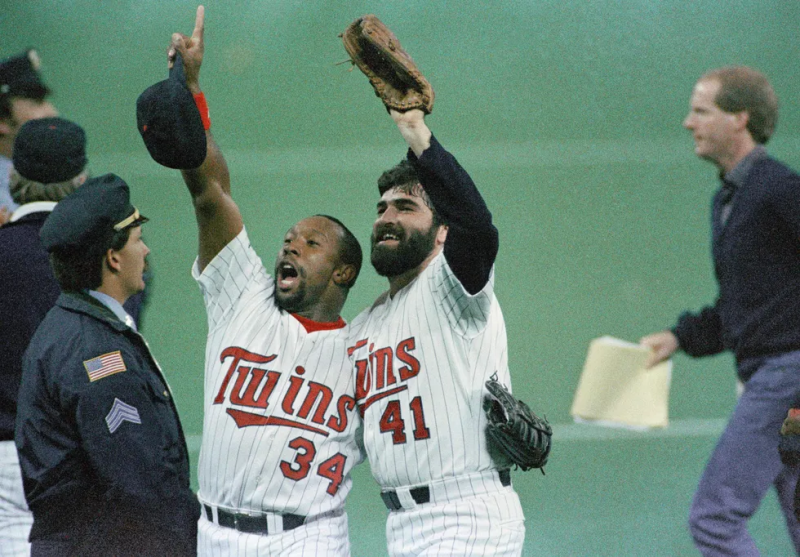
The old manager insists the advantage extended beyond that.
The ’87 Twins were 56-25 at the Metrodome, 29-52 on the road. And the World Series mirrored that disparity.
In that era, home-field advantage for the Series alternated by league and it was the AL’s turn to host. And the Twins took advantage, winning all four games at the Metrodome.
Run differential: Twins 33, Cardinals 12.
Back in St. Louis, the Cardinals won all three games. Run differential: Cardinals 14, Twins 5.
“I’ll always be convinced that something was going on,” says Herzog. “They were just a different team at home than on the road.’’
Multiple retired players mentioned Minnesota as a sign-stealing nest. To which retired reliever LaTroy Hawkins, who pitched at the Metrodome from 1995-2003 replies, “I’ve heard all of those stories, with guys signaling from the outfield and bullpens, but I don’t believe all of that.
“I know people thought we were cheating in Minnesota. If we were, we were doing a horsebleep job at it.’’
While the 2017 Houston Astros’ scheme was startling in its ability to leverage technology to capture signs – a camera stationed in center field, its feed beamed to a video monitor in the home dugout tunnel – passing the signs to the batter was a decidedly low-tech mechanism:
Banging on a trash can.
In a sense, that binds the Astros’ scandal to those of long-ago eras, with the whatever-works ethos of sign-stealing still applying. Those ’51 New York Giants utilized a crude buzzer system to deliver signs, perhaps inspiring the paranoia that assumed Houston Astro Jose Altuve was doing the same all the way into 2019.
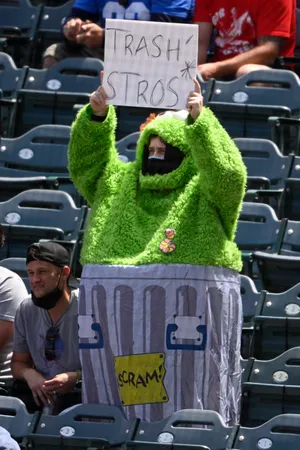
Yet it was definitely more challenging in the low-def era.
“I don’t feel ashamed in saying this,” says Tony Clark, executive director of the MLB Players’ Association and a first baseman from 1995-2009. “The VHS tapes I watched weren’t clear enough to pick up half the stuff we’re looking at now.
“But as a result of that, the human eye picked up a lot of those things.”
Indeed, even the sign theft aided and abetted by technology still takes a human touch, be it the “relatively low level employees” of the Astros, as commissioner Rob Manfred called them, decoding signs on a computer or a crafty veteran player who can quickly pick up sign sequences or a pitcher tipping their pitches.
Every era has its class of player skilled in the game’s “dark arts,” a skill so valued it might enable a fringe veteran to hang on a year or two at the end of a career. Hawkins says Barry Bonds was as studious as any player in decoding signs, along with Torii Hunter and, at the end of his career, Jose Bautista and Dioner Navarro in Toronto.
While a player from virtually any era - and even the league’s enforcement arm today – will say picking up signs without using real-time technology is always fair game, one thing that has changed is the vigilante justice.
And if it’s suspected something greater is going on, teams will play offense.
That’s what the Astros claimed they were doing when an employee was caught snooping around Cleveland’s dugout during the 2018 American League Division Series, and again during an AL Championship Series game against the Red Sox.
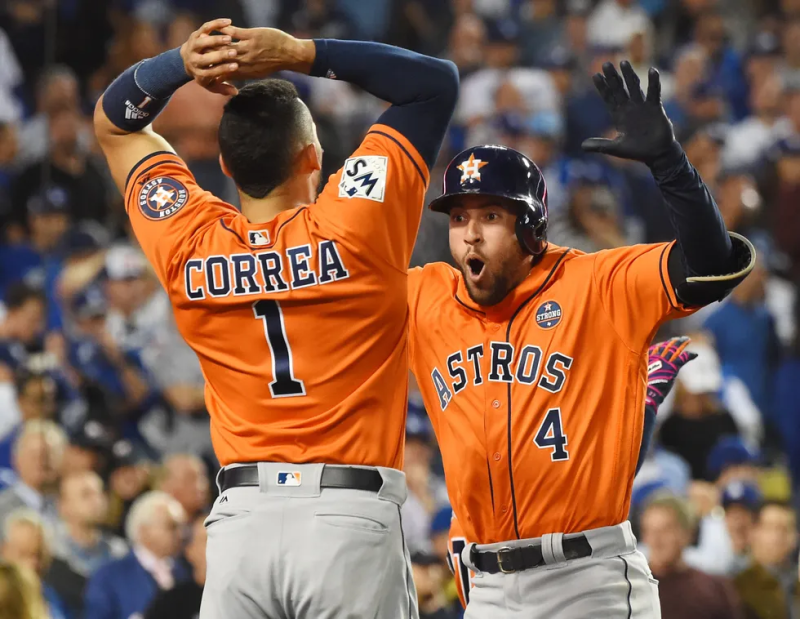
They did the same at Dodger Stadium during the 2017 World Series and a regular season series in 2018, concerned outfield cameras might be trained on their catchers’ signs (loosely mirroring what the Astros were doing at home in that timeframe).
That paranoia predates the HD era. One former manager, speaking on condition of anonymity, says several skippers were concerned about a series of cameras spotted at Shea Stadium during Bobby Valentine’s first year as Mets manager.
At one point, Braves manager Bobby Cox heard enough to convince him to simply drape towels over those cameras.
Nearly three decades later, teams are far less overt in signaling their intentions, but no less vigilant.
“There just aren’t that many signs anymore,” says Dan Wilson, a member of the Seattle Mariners’ hall of fame and now a minor league catching instructor for the club. “Base coaches don’t give that many signs.
“But it is interesting to me, at a time when there’s the least number of signs going on, we got the most paranoia.”
That goes to the heart of what’s always been a value proposition for cheating in baseball: Is the risk worth the punishment?
Steroid era, microdosing and the summer of '98
MLB’s public-facing drug program still catches its cheats. According to the joint year-end reports provided by the league and MLBPA, 43 players tested positive for banned substances in the six years between 2018 and 2023. In years unaffected by COVID-19 or the lockout, roughly 11,500 urine and blood tests are annually administered for the 1,200 players on 40-man rosters.
Most notably, San Diego Padres superstar Fernando Tatis received an 80-game suspension in August 2022 after testing positive for clostebol, a testosterone derivative. The suspension cost Tatis nearly $3 million in salary and barred him from the club’s 2022 playoff run, the 2023 World Baseball Classic and the first three weeks of this season.
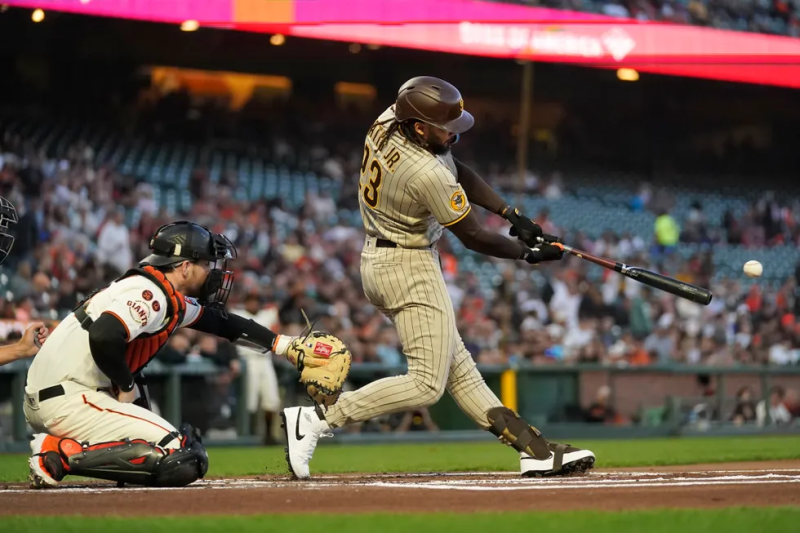
While the game’s Joint Drug Agreement has been strengthened multiple times since 2005 - a first-time offender in 2005 drew a 10-game suspension; now it's 80 games - it is surely not foolproof.
The most jarring reminder came in 2013, when published reports from the Miami New Times connected more than a dozen players to the Biogenesis clinic in South Florida, prompting an aggressive MLB investigation.
Fourteen players – including former MVPs Alex Rodriguez and Ryan Braun – were suspended by MLB, based on a preponderance of evidence. Yet none of those players ever failed an MLB-administered drug test.
Three players who received banned substances from Biogenesis – Bartolo Colon, Melky Cabrera and Yasmani Grandal – did test positive in 2012. Yet those suspensions might be more attributable to user error.
While the game is long removed from the absurd physiques and tape-measure feats of the early 2000s, those familiar with PED use say there are ways around the drug policy. Most notably, micro-dosing – or, taking PEDs in such small quantities that it clears the system before testing – is one way to stay beneath the 4-to-1 ratios of illegal substances that triggers an additional specimen analysis.
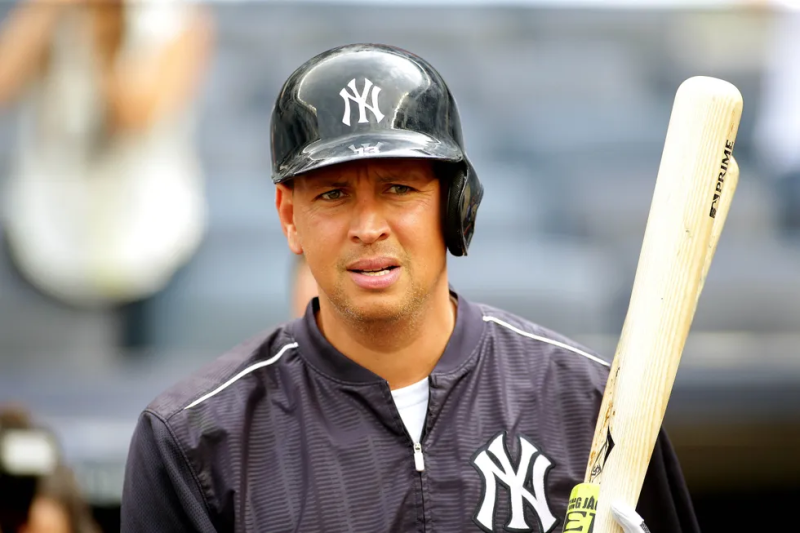
“They figure out how fast your body assimilates your dosage, you got 18 to 24 hours, so you calculate that,” says one former player who used PEDs in the pre-testing era. “They don’t bother to check what’s in your system until you trigger the 4-to-1 ratio.
“If they really want to catch the guy, do the secondary test first. That tests the illegal compound in your blood. The ratio would be insignificant. You would see what’s in your bloodstream. But they don’t want to catch the guys.”
If anything, the game’s drug policy remains fluid. Certainly, almost every player testing positive has trotted some form of the “dog ate my homework” defense since 2005. But a group of players testing positive for Dehydrochlormethyltestosterone – or DHCMT, a Turinabol derivative – have adamantly professed their innocence.
From 2015-2021, 23 major- and minor-league players were suspended for DHCMT, a career-ending sentence for those on the fringes of rosters. In 2020, three players were suspended for DHCMT even though just 4,155 drug screens were administered due to the pandemic – compared to two suspensions in 2018 among 11,526 tests.
According to The Athletic, the MLBPA sought and received revisions regarding DHCMT ahead of the 2022 collective bargaining agreement; the specifics were not known but the union sought to raise the minimum threshold to 100 picograms before triggering a positive test, a similar level as the UFC.
In 2022 and 2023, no players tested positive for DHCMT. In a statement, MLB did not specify changes made to DHCMT, only confirming that it remains on the banned substances list.
While the policy will remain imperfect – and players very likely will find ways to skirt it – the anecdotal and physical evidence points to a game far different than the chemically-enhanced one today’s generation grew up watching.
Multiple players remember the steroid era and the Mark McGwire-Sammy Sosa home run duel of 1998 fondly, yet appreciate the safeguards in place.
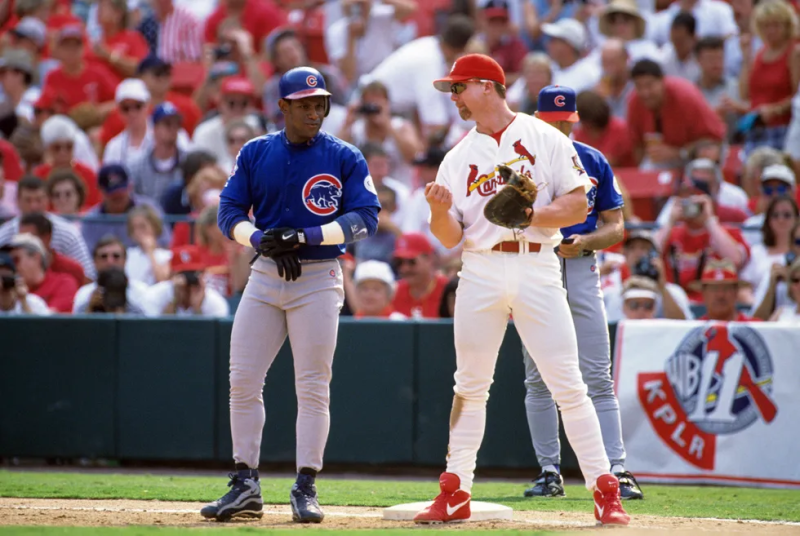
“Looking back, that was one of the funnest summers of baseball,” says Rockies pitcher Chase Anderson, who was 10 in that summer of ’98. “That really helped baseball. It grew the game, it became more of a global game.
“Obviously steroids and HGH and all those performance-enhancing (substances) are dangerous. It’s a slippery slope. But baseball has come a long way in that regard – testing is random now, it’s more often, it’s better testing, for everything – blood and urine. I think it’s cleaned the game up a lot.
“But the game has definitely evolved in a way that it’s a more even playing ground for everybody. And I think that’s what everybody wants.”
It’s a sentiment that’s greatly evolved.
'Sticky stuff' and the plight of Hector Santiago
Consider the words of this Hall of Fame pitcher, whose career began shortly after Gaylord Perry’s and stretched through the teeth of the steroid era.
“Look, everybody was doing something,” says the pitcher, who spoke to USA TODAY Sports on condition of anonymity in order to speak freely. “As you get older, you do different things. You learn to scuff the ball. We all saw it growing up, and you learn from the best. It doesn’t mean you did it all of the time.
“Hey, if you’re not cheating, you’re not trying, right? That’s what we were always taught.”
And now consider the plight of Hector Santiago.
A decent left-handed pitcher and a 2015 All-Star, Santiago wrote a letter to all 30 teams aiming for a shot in 2021 after he was unemployed during the COVID-truncated 2020 season. The Seattle Mariners bit, and after three starts at Class AAA Tacoma, Santiago was back in the bigs.
Alas, in May 2021, with the leaguewide batting average at an all-time low of .236, MLB announced that in-game checks for banned substances – or “sticky stuff” would commence June 1.
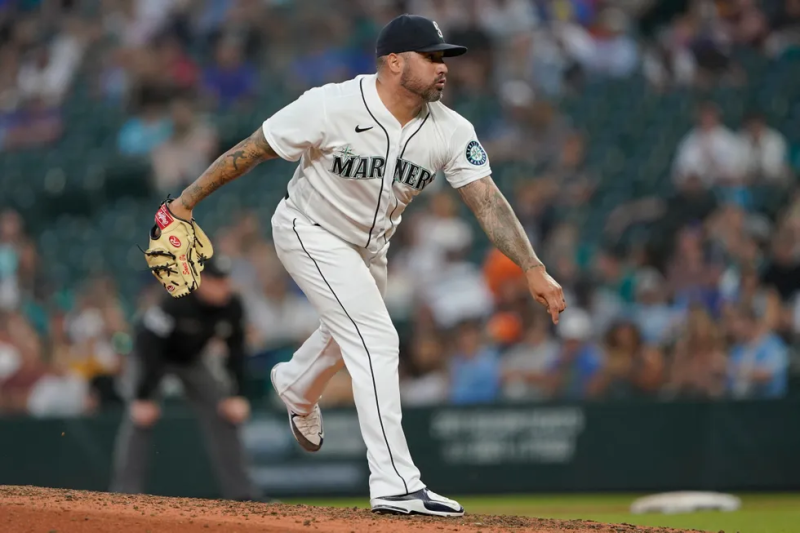
Almost immediately, the June batting average was .246. And on June 29, Santiago became the first player suspended after umpires found foreign substances on his glove during a game.
Santiago served his suspension, returned for four games – and received an 80-game suspension after testing positive for exogenous testosterone.
Santiago pitched this season for Monclova in the Mexican League, likely never to return to the majors after running afoul of two policies.
While MLB’s sticky stuff policy remains an evolution, and the search for a universally approved substance elusive, ballplayers have seemingly taken the lessons learned from the steroid era and applied it to this one.
Sure, some tack to control the ball is great – but not to the point of affecting competition. And certainly not to the point of improving a player who might take the job of someone competing fairly.
“When the stick changes who you are,” says veteran catcher James McCann of the Baltimore Orioles. “It’s the taking a guy who already has good stuff and turns him into a guy with Hall of Fame type stuff. Or a below average guy becoming above average.”
As McCann puts it, technology such as StatCast – measuring exit velocity and spin since 2015 – means there’s so much “you can put a number behind.” The average spin rate on a four-seam fastball dropped 3% - from 2,308 rpm to 2,248 rpm – from the first three months of the 2021 season to the period after hand and glove inspections commenced.
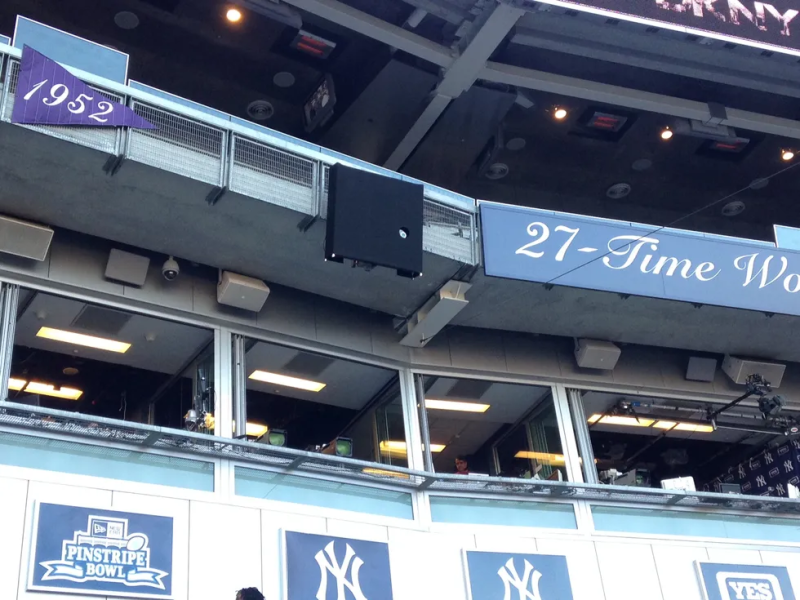
When it crept back up at various points since, MLB announced each of the past two off-seasons more frequent and thorough checks. And perhaps that’s most indicative of flouting the rules in baseball: It will never end.
In August, Padres pitcher Seth Lugo gave up eight runs in one inning and attributed part of it to the Dodgers stealing signs from second base. While he did not insinuate a greater role technology might have played a part, it served to arouse feelings around the Dodgers that have festered since the 2018 postseason, when virtually every club was pointing fingers at another.
In 2023, the Dodgers batted .269 with a runner on second base, .255 without.
“It sounds like an excuse,” Dodgers manager Dave Roberts said in reaction to Lugo’s comments. “A lot of times it’s unfounded. But I think the reputation itself clearly does enough to impact the pitcher.”
That reputation resurfaced in February, when "Winning Fixes Everything", the book detailing the Astros’ sign-stealing scandal and organizational evolution, was released. It cited a Red Sox official who claimed MLB knew the Dodgers were cheating and did nothing and detailed an anecdote of Joc Pederson visiting the Fenway Park video room during the 2018 World Series and asking Chase Utley if he’d picked up the pitcher’s signs yet.
Roberts said MLB investigated the Dodgers and cleared them of wrongdoing.
“In general, if people aren’t asking about investigations, we don’t announce that we’re doing that,” Manfred said in February. “I think it has been without fail, if we find something in an investigation, we discipline and we make that discipline public and usually have written some explanation for why we’re doing what we’re doing.”
Cat-and-mouse games continue, but MLB's deterrents very real
Pitchers and catchers also have a new ally in the fight – PitchCom, billed as “the best covert sports communication system.” It was approved before the 2022 season and now is in use by a vast majority of pitchers who receive the sign in an earpiece from a catcher who pushes a button.
In some cases, it is the pitcher who calls his pitch. Either way, it allows both to sleep better at night.
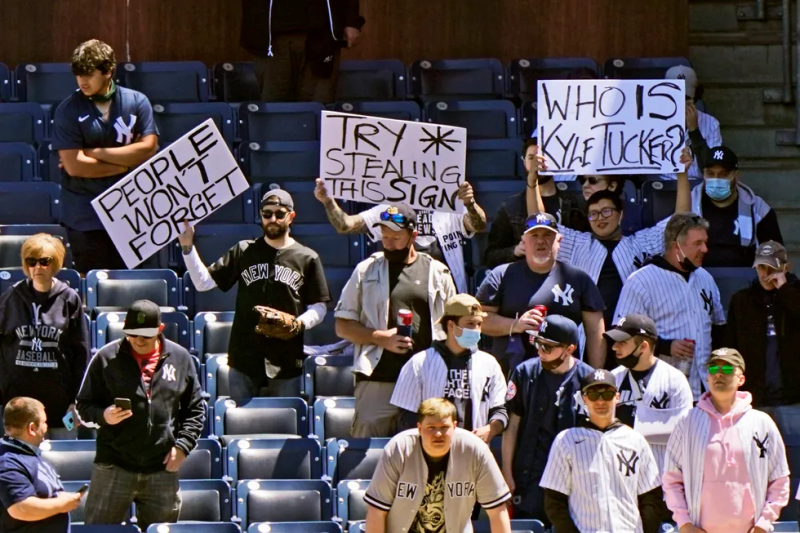
“I don't have to worry about doing mental pretzels with a guy on second, trying to mix up the sign sequences,” says Padres catcher Kyle Higashioka. “Now I can focus on calling the pitch and everything else rather than, how am I going to fool the guy on second?”
Naturally, the cat-and-mouse between pitcher and hitter and league and player will never end. Yet the deterrents are very real, a surprise drug test or additional substance check making a player think twice, at least, about getting around the rules.
Some fans even do the league’s work for them, still booing Astros like Alex Bregman and Jose Altuve or former Houston players Carlos Correa and George Springer wherever they might be, four years after their indiscretions came to light and six years after they occurred.
“I think everyone is afraid after what happened in Houston,” says veteran infielder Kolten Wong. “Nobody wants to be a part of something like that and have that reputation.
“You live with that forever.”
Follow Gabe Lacques on social media @GabeLacques and Bob Nightengale @BNightengale
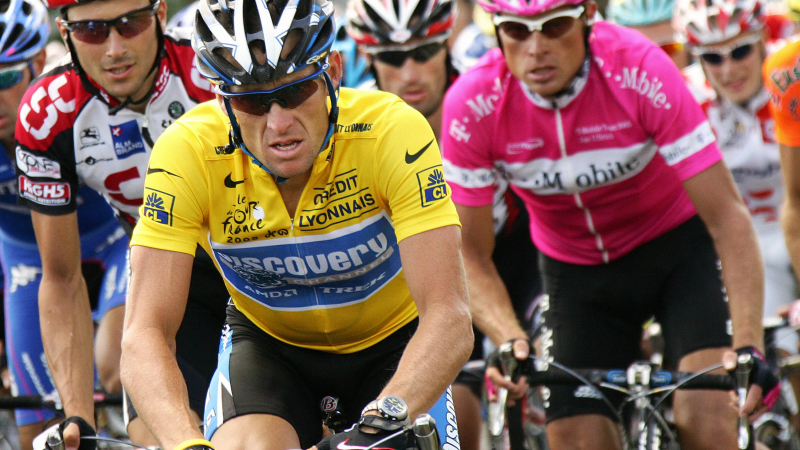
Disclaimer: The copyright of this article belongs to the original author. Reposting this article is solely for the purpose of information dissemination and does not constitute any investment advice. If there is any infringement, please contact us immediately. We will make corrections or deletions as necessary. Thank you.







